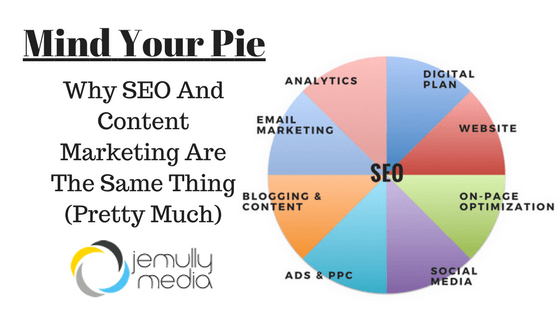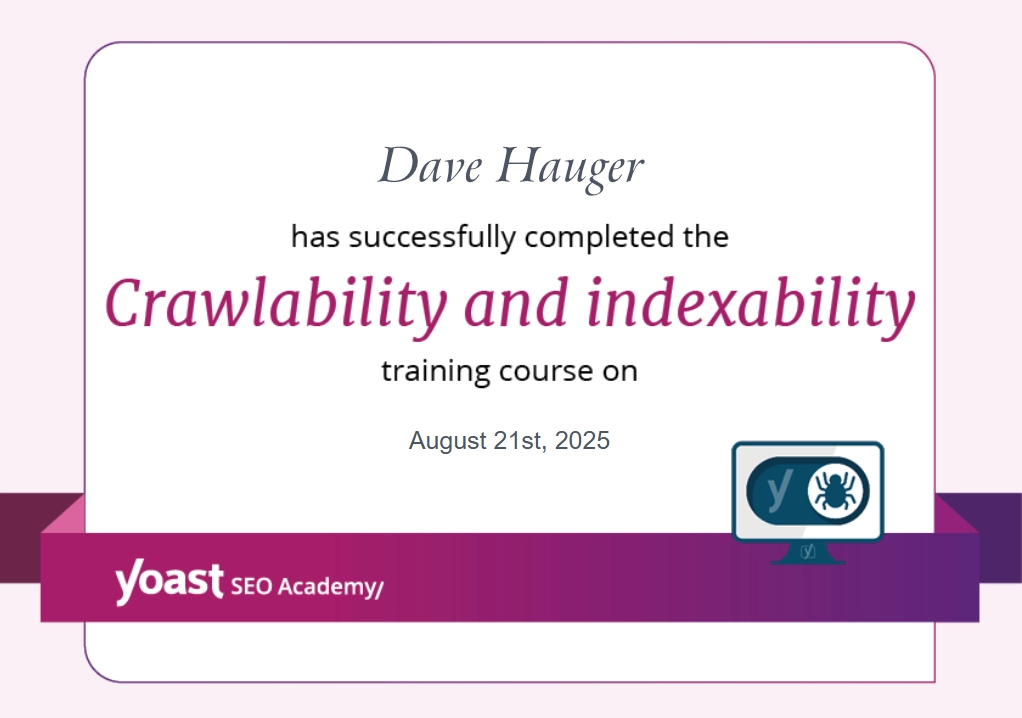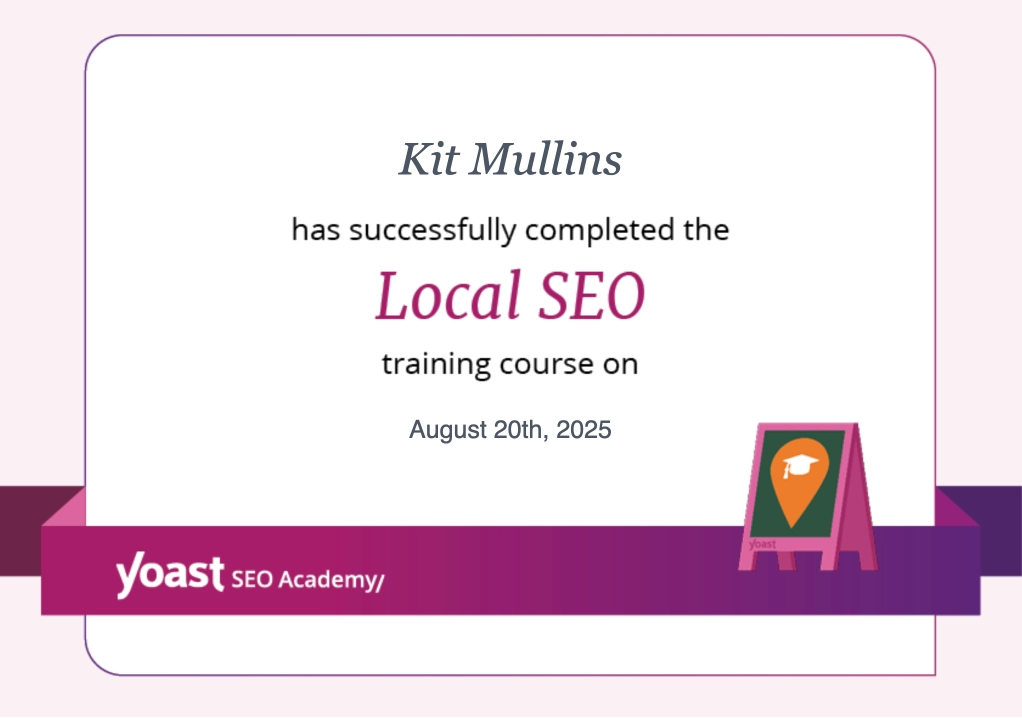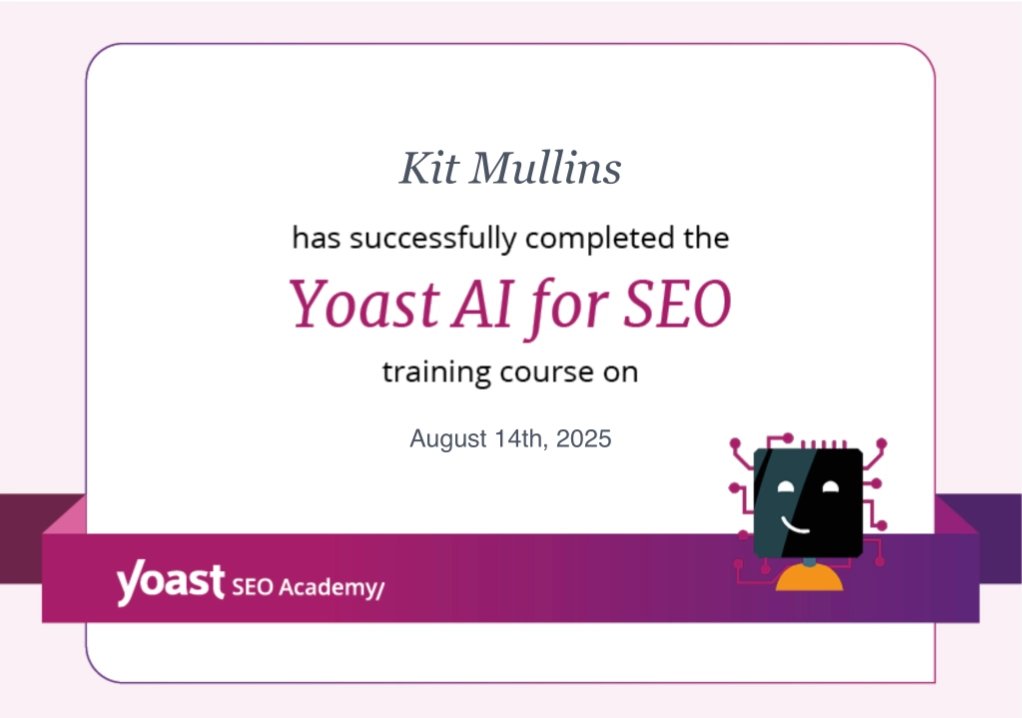Nearly three decades into the game, SEO is now practically synonymous with content marketing.
The trick of ranking atop Google’s results pages has been reduced to a few simple truths: size, content, and targeting. Search engines will no longer bend to our wills; we must bend over backwards for search engine users.
In the early days of the Internet, search engine optimization (SEO) resembled the Wild West. Outlaws resorted to all manner of nefarious tactics to improve their search ranking and visibility. Such tactics included keyword stuffing, bait-and-switch, and other “black hat” methods that would be considered spam today. These practices have been rooted out in the name of reader service. They simply don’t work anymore—the loopholes have been closed. The logic behind Google and other engines closing these loopholes is simple: provide a better user experience.
Remember: Google, and the concept of SEO itself, does not revolve around who ranks at the top. It’s all about granting ease of access to the content that best serves readers. It’s an end-user product rather than a marketing platform, and thinking in these terms is helpful when evaluating the content we publish.
Internet users scouring various search engines for answers know what they’re looking for. Sometimes it takes a few searches, but they know it when they see it. Users don’t want pages that use metadata to misrepresent what the content is actually about, and they definitely do not want spam. The better results a search engine like Google can provide its users, the more likely they are to use Google the next time. Rendering dishonest SEO practices obsolete is simply a part of the natural evolution of a search engine. “Better search results” precludes weaker or misrepresented web content.
The “outlaws of Internets past” held that SEO was all just a game. One could simply work the system in place at the time and reap huge rewards. The game has changed. With Google effectively acting as a world power now, there is no more latitude for playing around. Getting to the top of the first page for high-competition keywords is not a matter of paying your way to the top (that’s what Google AdWords is for), nor is it something that can be attained through savvy trickery. The game is now entirely above the table, rather than below it. The only way to sneak an ace up your sleeve is to be a huge brand or content farm.
And for the rest of us with average-sized websites and strictly regional brand awareness? We can’t all be Internet giants, but we can become elite at integrating our marketing communications and expertly targeting our specific niches.
The SEO Pie
It helps to think of your SEO efforts as working in concert with the rest of your digital marketing efforts. While trickery is not a valid SEO method anymore, on-page optimization is only one slice of your SEO Pie. On-page is still important, but without an overarching strategy encompassing your web content, social media, advertising, etc., you are only working with a small portion of the pie and should adjust your expectations accordingly.
As marketers, strategy and goal-setting are so vital to what we do. Remember, goal-setting is not as simple as “sales.” Marketing campaigns can raise brand awareness, educate the public, entertain, and lead to many different calls-to-action. Without a specific set of goals, it’s easy to fall into the trap of repeating yourself over and over. Instead, try to design your efforts strategically and with specific goals in mind. The difference is that goals represent a finish line, but selling is never finished. While “sales” and “success” can often look like the same thing, it is important to delineate the two.
It’s difficult to have major SEO success without orchestrating all of your digital marketing efforts around it. First things first; you need an overarching digital strategy. Next, you can’t be worried about SEO unless you have a website, preferably one meeting modern criteria such as mobile-friendliness. Tailoring your web content to your audience using appropriate landing pages and a company blog comes next. Don’t forget about links! Building a strong portfolio of inbound links through social media and email marketing are oft-forgotten ingredients of SEO.
Do you use Google AdWords or Facebook Ads? They may not be traditional forms of SEO, but they regularly deliver traffic to your site’s landing pages. Landing pages work best when they are built and targeted with skill and intent. The better your most important landing pages are, the better your SEO will be.
SEO And Content Marketing
Speaking of landing pages, they are typically your interior pages, containing your meatiest content. Knowing your business’s most valuable long-tail keywords (the three-or-four-plus-word queries that tend to bring people to your landing pages) is emerging as the best way to own your niche, and become a champion targeter. A sound SEO strategy should include building at least one well-written and optimized page tailored toward every long-tail phrase that is important to your business. If you don’t know what those long-tail keywords and phrases are, then spend a some time getting to know your web visitors. Get to know your niche!
In today’s SEO landscape, questions demand not just answers but relevant answers. This means there is now a great deal of overlap between relevance, content marketing, and SEO.
How many pieces of your SEO pie are you using? We want to know!














